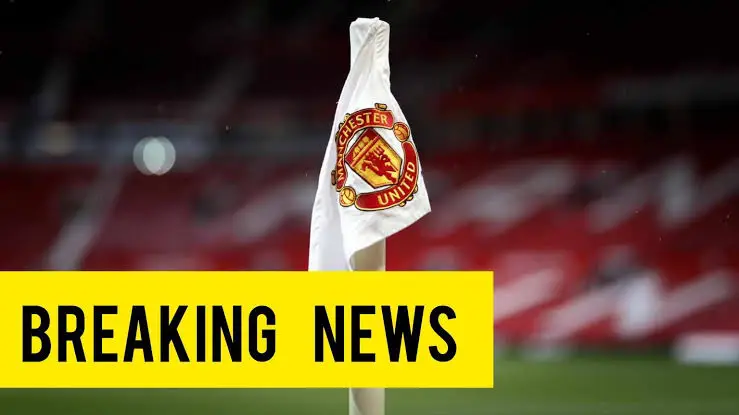The reported swap deal involving Marcus Rashford and Ollie Watkins between Manchester United and Aston Villa has raised eyebrows across the football world.
According to The Athletic, United approached Villa with the idea of swapping the two forwards, a move that could have dramatically reshaped both clubs’ attacking options.
However, despite initial discussions, the deal failed to materialize — and there are several reasons why.
Rashford, now 27, spent the second half of last season on loan at Villa Park after being frozen out at United under manager Rúben Amorim.
His time at Aston Villa included a £40 million buy option, which gave Unai Emery’s side the opportunity to sign him permanently. However, Villa ultimately chose not to trigger that clause.
While on the surface this decision may have seemed straightforward, reports indicate that a potential player swap involving Watkins was briefly considered by both sides.
From Manchester United’s perspective, this made tactical sense. Ollie Watkins had an excellent 2023/24 campaign, registering 17 Premier League goals and 14 assists — the kind of attacking output United desperately lacked.
With Rashford’s future at Old Trafford uncertain and questions lingering over the productivity of Rasmus Højlund and new arrival Joshua Zirkzee, the opportunity to bring in a consistent Premier League striker like Watkins was seen as ideal.
Watkins’ skill set — pace, energy, relentless pressing, and off-the-ball movement — aligns well with Amorim’s tactical philosophy.
He offers a work rate and positional intelligence that Rashford, despite his talent, has sometimes been criticized for lacking.
Watkins is also a natural fit in a high-pressing, fluid system — something United are aiming to implement under their new management.
For Aston Villa, the idea of receiving Marcus Rashford, a player with world-class potential, would have been tempting.
Rashford showed flashes of brilliance in European competitions during his loan stint and was even preferred over Watkins in both legs of Villa’s Champions League quarterfinals against PSG — a move that reportedly left Watkins frustrated.
Speaking to Sky Sports, Watkins later admitted he was “fuming” about being benched, though he respected the manager’s decision.
However, financial caution and the risk factor associated with Rashford’s inconsistency may have swayed Villa’s decision.
The club, already under pressure from Premier League Profit and Sustainability Rules, had to be selective with high-value transfers.
Following the £65 million sale of Jhon Durán to Al-Nassr, they may have felt less urgency to offload Watkins.
Moreover, letting go of their top scorer — a fan favorite — in exchange for a player still trying to rediscover his best form could have backfired both on and off the pitch.
United, meanwhile, have reportedly renewed their interest in Watkins outside of the Rashford situation, signaling that their hunt for a reliable striker continues.
Whether Villa are open to selling remains to be seen, but with financial pressures mounting and Watkins voicing frustrations about his role, there could still be a twist in this story.
In the end, the Rashford-for-Watkins swap deal collapsed, but it exposed a fascinating scenario where both clubs had something to gain — and a lot to lose.
